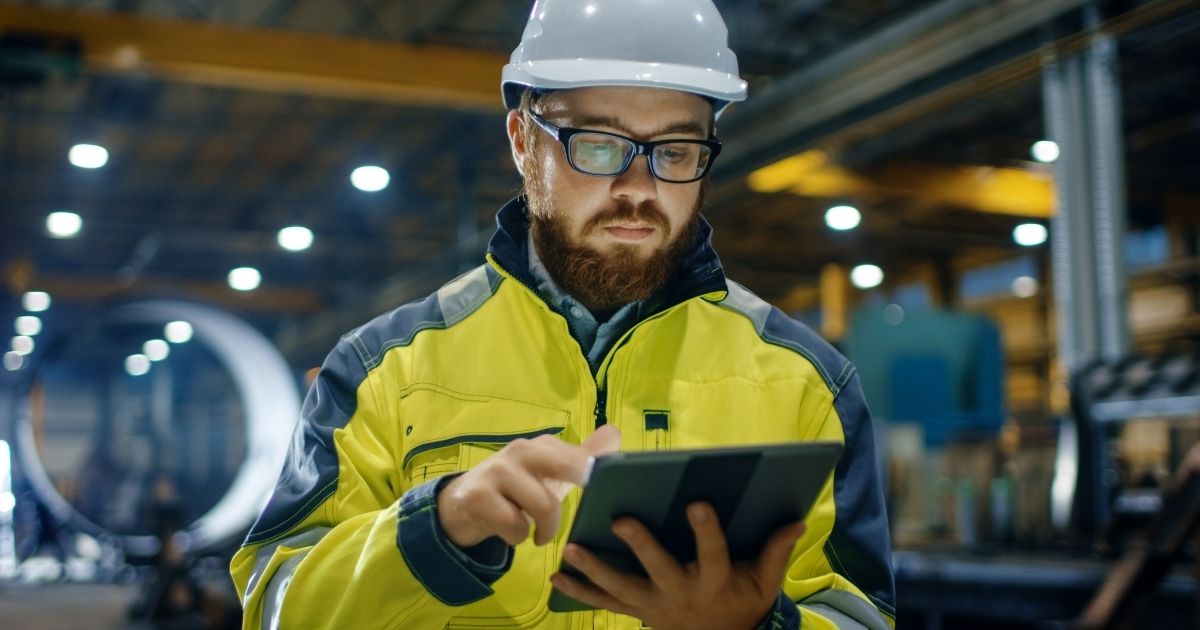More than 11 million workers are employed in the construction industry in the United States. The construction industry has the nation’s highest fatality rate. That means millions of workers are risking their lives to improve infrastructure and build homes and other structures.
Current and emerging technologies are making it possible to improve safety in the construction industry. Smart technology, wearable devices, and digital tools are helping to save lives by making the construction industry safer for workers.
Robotics and automation are handling many of the more dangerous tasks that laborers formerly performed. Also, digital information is streamlining designing, planning, and worker training to improve outcomes, including workplace safety.
Current and emerging technologies are helping to revolutionize safety in the construction industry. That means fewer injuries and reduced numbers of workers’ compensation claims.
Four Commonly Fatal Construction Industry Accidents
Falling injuries are among the most common and deadliest construction site accidents. The higher the worker is working, the deadlier a fall could become.
Working on scaffolding and unfinished floors or rooftops creates fall dangers that occasionally claim the lives of construction workers. The other three common causes of fatalities among construction workers are:
- Struck by an object
- Pinned by one or more objects
- Electrocution
When workers who are up high drop tools and other objects, they could become deadly missiles. The higher the drop and the larger and heavier the object, the deadlier it could become. Swinging or moving objects also could strike an unwary worker and cause serious injury or death.
Heavy equipment often needs to move around construction sites. Excavation and moving heavy objects could require heavy machinery to get the job done. Cement trucks and dump trucks often come and go to keep the construction pace going.
An unwary worker might get pinned by heavy equipment or other objects. The potential for deadly injuries is very high when heavy machinery pins workers against immovable objects.
Electrocution always is a potential danger when working with or around electrical equipment. If the weather is bad, the potential for electrocution could grow.
How Technology Could Help to Prevent Fatal Accidents?
Technology could help to prevent tragedy caused by the four commonly occurring causes of death in the construction industry.
Digital training is a good example. Workers need proper training to help prevent deadly accidents. Digital training materials that could include videos can help workers to learn how to safely use potentially dangerous equipment.
Wearable technology could help to monitor an individual worker’s health and location while at the jobsite. A worker might use a jackhammer or another piece of equipment that is especially hard on the body. Wearable technology also could warn when repetitive vibrations or other effects might reach dangerous levels for the body.
The wearable technology might be included on a watch, a bracelet, or another conveniently worn item. It has many potential safety applications on worksites and helps to warn of possible dangerous situations.
Automation Could Handle Dangerous Tasks
Construction sites often have heavy objects that need to be moved from one location to another. Instead of having workers using heavy machinery to get that done, automation could do it and make the worksite safer.
Like automation, robotics could help to improve construction industry safety. For example, robotics could enable construction worksites to lay brick, masonry, and other construction materials more quickly and efficiently.
When workers are not handling the brick and mortar, less of it gets dropped from dangerous heights. It also reduces the number of workers on scaffolding, which is where most falling accidents occur.
Robotics and automation could reduce dangerous work conditions by handling some of the more menial but dangerous tasks that workers often perform. Faster and more efficient production increases safety by reducing risks for workers.
Smart Protective Gear and Sensors
Personal protective equipment (PPE) is essential for workplace safety in any industry. It is especially important in the construction industry. From hard hats to steel-toe boots, PPE helps to protect workers against injury.
Technology is revolutionizing PPE with sensors that can detect potentially dangerous work conditions. Sensors might detect gases, UV rays, extreme temperatures, or other conditions that could lead to potential injuries.
Smart sensors also can be added to PPE to help detect the location of workers and make the job sites safer. The smart sensors could make it easier to prevent heavy equipment or other potentially dangerous machinery from striking a worker.
The smart PPE can help to better control many potentially dangerous situations on construction job sites.
Predictive Analytics and Improved Worksite Efficiency
Smart equipment and digital tools produce massive amounts of data. New technologies can make sense of the reams of digital information created with wearable technology, smart tools, automation, and other innovative technologies.
Predictive analytics can make sense of the seemingly countless amounts of digital data that accrues over time. The predictive analytics make it possible to greatly enhance job-site safety with reduced materials on site until it is needed.
The emergence of four-dimensional computer-aided design (4D CAD) is helping to create more realistic production schedules for construction projects. The digital designing technology goes one step beyond 3D with time accounting for the fourth dimension in construction planning.
Time is an important element in the designing process, and 4D CAD enables realistic construction schedules. That makes it easier for work crews to perform the job safely without the additional pressure that could arise when behind schedule on a project.
Current technologies are enhancing construction industry safety in many ways. Emerging technologies should help to lower fatality and injury rates. However, many dangers persist.
If you are injured while working, workers’ compensation should cover your costs and assist with lost income. But you might need the assistance of an experienced workers’ compensation lawyer if your benefits claim is denied.
Cherry Hill Workers’ Compensation Lawyers at Pietras Saracino Smith & Meeks, LLP, Advocate for the Rights of Workers
Even with safety improvement afforded by emerging technology, work accidents still happen. If you have been injured at work, reach out to the Cherry Hill workers’ compensation lawyers at Pietras Saracino Smith & Meeks, LLP. Our experienced legal team will be your advocate to secure the benefits for which you are entitled. Call us today at 856-761-3773 or contact us online to schedule a free consultation. Located in Cherry Hill, New Jersey, we serve clients in Camden, Cinnaminson, Delran, Maple Shade, Pennsauken, and throughout South Jersey.







